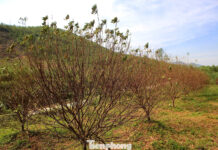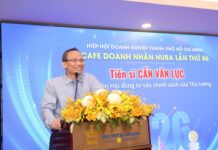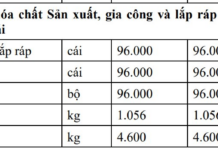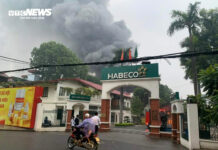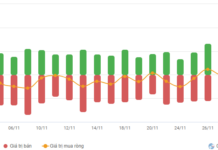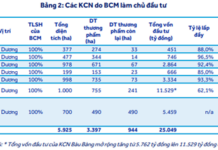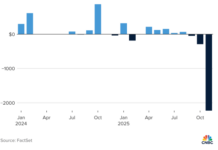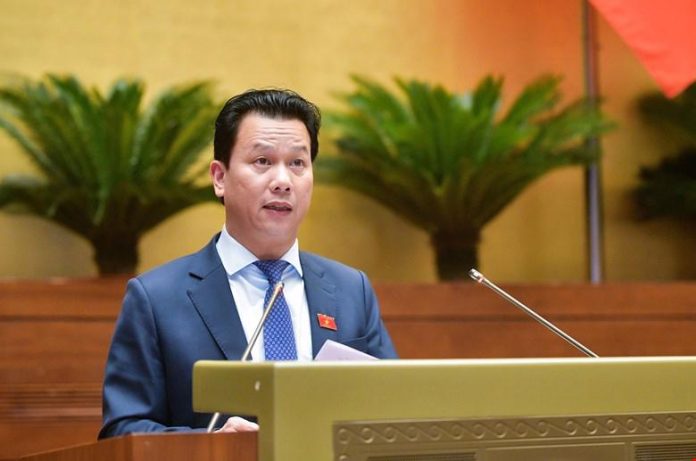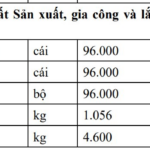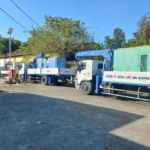On the afternoon of June 20, Minister of Natural Resources and Environment Dang Quoc Khanh, on behalf of the Prime Minister, presented a proposal for the Law on Geology and Minerals.
The draft law consists of 12 chapters and 117 articles, an increase of one chapter and 31 articles compared to the 2010 Mineral Law. It provides specific regulations on strategies, plans for geology and minerals; basic geological surveys; mineral exploration; mining activities, mineral recovery, and processing; and responsibilities for state management of geology and minerals.
ALLOWING ORGANIZATIONS AND INDIVIDUALS TO MORTGAGE AND CONTRIBUTE CAPITAL IN MINERAL EXPLORATION RIGHTS
After 13 years of implementing the 2010 Mineral Law, the legal framework for minerals is basically complete. It has contributed to improving the effectiveness of state management of minerals, promoting geological surveys and the mining industry, and making mineral management increasingly stringent and efficient.
However, Mr. Khanh admitted that there are still some shortcomings and limitations in the implementation process, including the collection of mineral exploitation rights fees based on mineral reserves, which has faced several challenges. For instance, calculating the fee based on approved mineral reserves does not ensure accuracy, and there are currently no regulations regarding the refund of fees in cases where the approved reserves are not fully exploited.
Therefore, the formulation of the Law on Geology and Minerals aims to provide a comprehensive legal framework for protecting unexploited geological and mineral resources, enhancing environmental protection and occupational safety in mineral activities, ensuring a balance of interests between the state, mineral explorers, and local communities, and promoting decentralization and devolution of power to local governments.
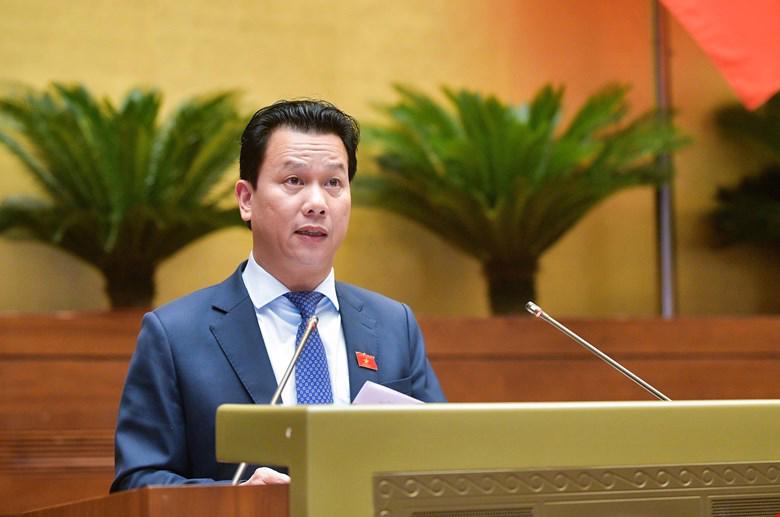
Regarding the innovations in the draft law, Mr. Khanh mentioned the regulation of basic geological surveys, the classification of minerals, the enhancement of decentralization and delegation of power to local governments, the addition and clarification of mineral recovery activities, and the registration of exploitation of Group IV minerals without the need for exploration and exploitation licenses. The draft law also proposes special cases where mineral exploitation is permitted without a mineral plan.
Additionally, the exploitation of natural mineral water and hot springs, minerals from lake and river beds, and minerals from the sea does not require a mine closure plan but must implement a mine closure scheme.
The draft law also suggests that mineral exploitation rights fees be determined based on the mineral reserves specified in the exploitation license or the permitted volume of mineral recovery and extraction. These fees will be collected annually and settled based on the actual extraction output.
Notably, the draft law permits organizations and individuals to mortgage and contribute capital in mineral exploration rights. It also gives priority to organizations and individuals currently legally exploring to drill deeper and expand to fully evaluate and control the mineral body for the type of mineral they are licensed for, without having to participate in auctions for mineral exploration rights.
Regarding the division of management responsibilities for mineral planning, the draft law proposes combining the three plans for exploration, exploitation, processing, and mineral use into two plans: the Exploration and Exploitation Plan for Group I Minerals and the Exploration and Exploitation Plan for Group II Minerals. It also assigns the Ministry of Natural Resources and Environment to take the lead in coordinating with the Ministry of Industry and Trade, the Ministry of Construction, and the Provincial People’s Committees to develop and submit these plans to the Prime Minister for approval.
In terms of decentralization, the draft law adds the delegation of authority to the Provincial People’s Committees for approving schemes and reports on the results of basic geological surveys and mineral surveys within the competence of the provincial-level permits and implemented with local budget capital. It also allows the Provincial People’s Committees to decide on the recovery of Group I and II minerals when implementing investment projects in areas of national mineral reserves.
TWO OPINIONS ON THE METHOD OF COLLECTION AND PAYMENT OF MINERAL EXPLOITATION RIGHTS FEES
The National Assembly’s Committee on Science, Technology, and Environment agreed with the draft law’s classification of minerals into four groups, including a separate group for common construction materials (Group III) and a group for filling materials (Group IV).
However, the Committee’s Chairman, Le Quang Huy, mentioned that some opinions suggest that certain minerals can serve multiple purposes, and their classification depends on the level of technology available at the time of exploration, exploitation, and use. This could lead to overlapping authorities in mineral planning and potential resource waste or implications for national resource reserves.
Some opinions recommend providing more specific definitions of Group IV minerals and clarifying the meaning of minerals “suitable only for filling purposes” to simplify the procedures for exploiting river and sea sand for filling.
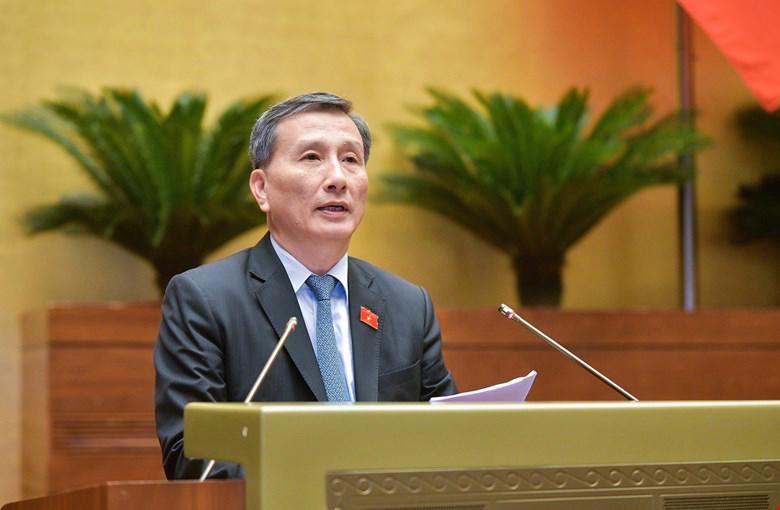
Several suggestions were made to define mineral classification criteria in relation to national potential and strategic minerals such as rare earths and uranium. It was also recommended to clarify the classification of minerals like coal, radioactive ores, titanium, bauxite, and the relationship between coal, oil, gas, and shale.
Regarding the mineral exploitation rights fees, Mr. Huy conveyed that some opinions agreed with the government’s view as presented in the draft law. They argued that minerals are non-renewable natural resources and public assets owned by the people, with the state as the representative owner. Therefore, investors should pay a fee to exercise their exploitation rights.
Additionally, the legal basis for collecting fees for the exploitation of natural resources and resource taxes is provided in Articles 121 and 3 of the Law on Management and Use of Public Assets and the Law on Tax Administration, respectively. The Law on Water Resources also stipulates these two types of fees for water resources. Significant amounts have been collected in fees for mineral exploitation rights as stipulated in the current Mineral Law. However, some opinions suggested removing the provision regarding these fees.
Mr. Huy informed that the majority of the members of the Committee on Science, Technology, and Environment agreed with the government’s view on mineral exploitation rights fees as proposed in the draft law. They also requested that the authoring agency report to the National Assembly on international experiences regarding the calculation of mineral exploitation rights fees and summarize the implementation of such fees for various types of resources in the past.
Concerning the method of calculation and collection of mineral exploitation rights fees, some opinions supported the government’s view in the draft law, which proposes calculating the fees based on mineral reserves and collecting them annually, with settlement based on actual extraction output. These opinions argued that paying the fees annually would relieve businesses from a substantial financial burden at the beginning of a project. Moreover, settling the fees based on actual output would address discrepancies between exploration reserves and actual output. If the fees were calculated solely based on actual output, it might overlap with resource taxes.
However, other opinions suggested determining the fees based on actual extraction output, as calculating them based on mineral reserves may not be accurate and could pose risks to organizations and individuals.
According to Mr. Huy, a vote among the members of the Committee on Science, Technology, and Environment showed that 53.5% agreed with the first opinion, while 39.5% agreed with the second.
Some suggested collecting the fees in installments (2-3 installments) instead of annually and not settling them based on actual output, as it may not align with the nature of the fees.



